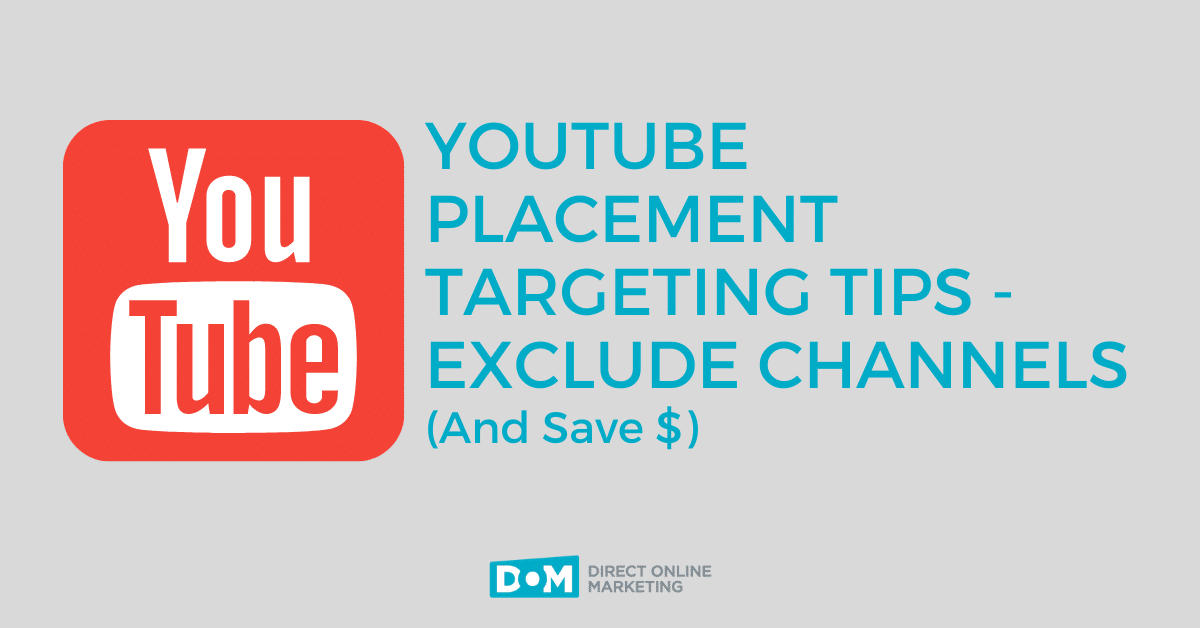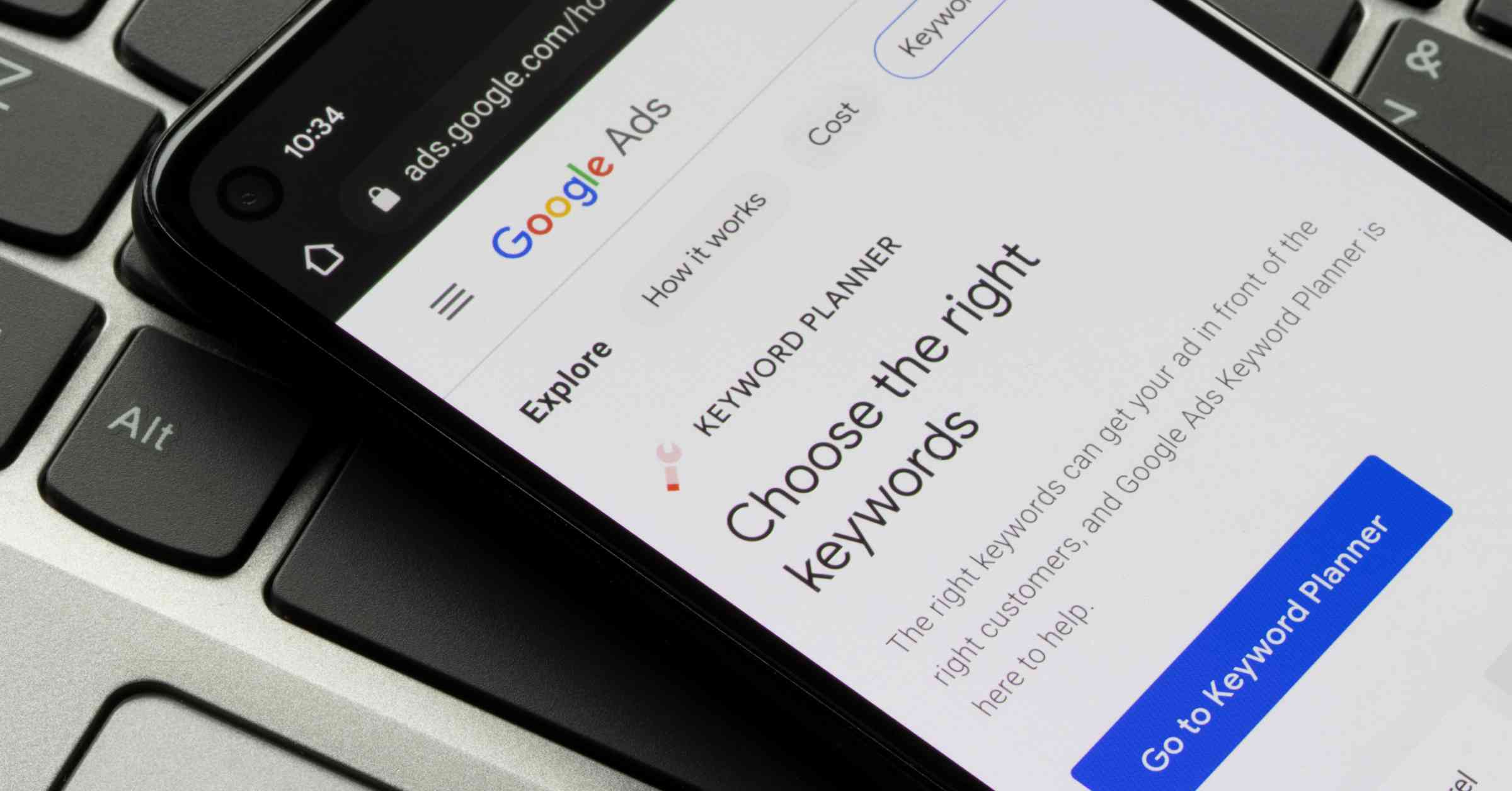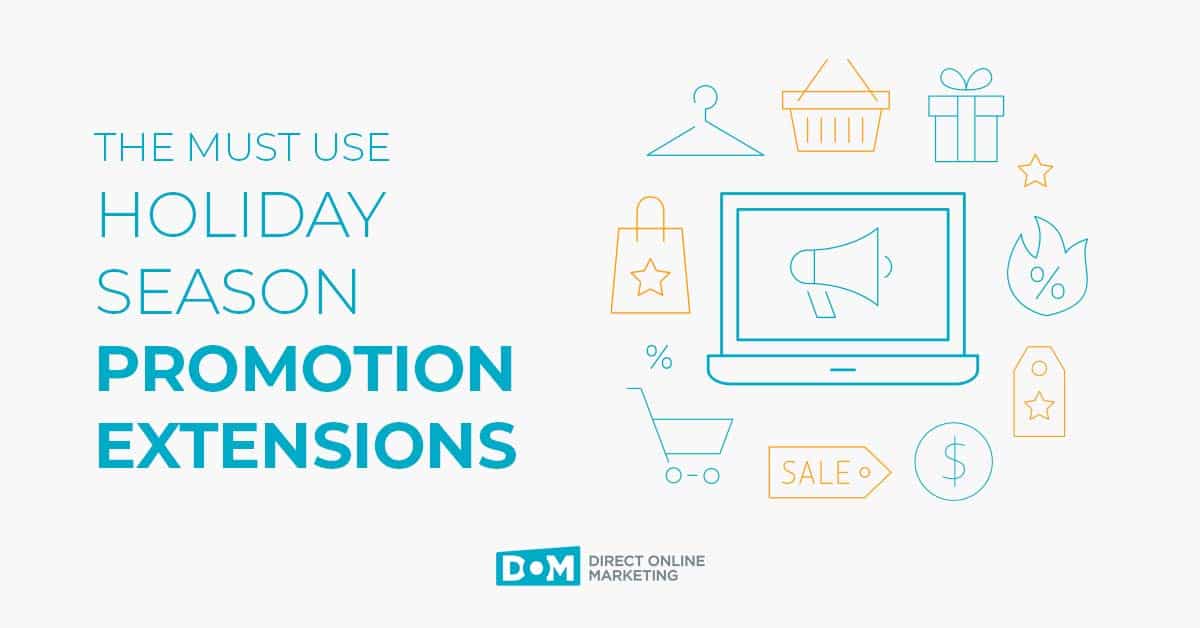
Controlling what sites your ads show on Google’s display network (and especially across YouTube) is valuable for advertisers. Display campaigns place ads in front of people browsing various corners of the internet. Some of those corners are lucrative for your business; others are irrelevant or even antithetical to your brand.
Control Where Display Ads Appear
You can exercise control over what sites your display ads appear on with placements and exclusions:
- Placements — These are sites that you tell Google to place your ads on
- Exclusions — These are sites that you tell Google you don’t want your ads to touch with a 10-ft pole
This approach works well to focus display campaigns. And the general concept can be applied to any area of your marketing.
Use Inclusions and Exclusions as a General Approach
As marketers, we work hard to define the audience we want to reach. We craft detailed buyer personas. We carefully tune ad copy, imagery, and video to appeal to populations that we know are likely to be receptive to what we have to tell them (which is usually some variety of “you have a need, maybe we can satisfy it”; some people might call that an “advertisement”).
If you like, you can think of those as “inclusion” lists. The list of things that you want to include in your ads to draw people in, or the list of places you want to put your ads to get them in front of interested eyes.
Exclusion Lists
At DOM we’ve also built “exclusion” lists. An exclusion list is simply the opposite of an inclusion list—a collection of things we don’t want to include in whatever it is we’re doing. If that sounds vague and all-encompassing, that’s because it is!
The PPC Benefit from Applying Exclusions
We use exclusion lists in our Google Analytics subdomain tracking to eliminate referring domain traffic from appearing in our reports. You might want to exclude your business’s IP address from those Analytics reports, too, since your own employees visiting your website shouldn’t be included in your traffic stats.
You probably wouldn’t want your ads to appear on a site that you wouldn’t be comfortable associating your business with, and you can exclude those. That’s an example of a display exclusion that we mentioned above.
You’re advertising on YouTube to reach some sort of goal, like driving leads or ecommerce sales. We want to do everything we can to make sure the people seeing our ads, clicking our links, going to our landing pages, and filling out our forms are high quality leads. What’s a high quality lead for you? For most of us, it’s a future customer. Or a person taking whatever action you define a conversion.
Exclude Irrelevant YouTube Channels
If you’re running a campaign on YouTube, you don’t need ads for your business showing up for a population who you know wouldn’t be interested and who isn’t going to convert. Just like a bouncer at a fancy nightclub, your exclusion list can make it less likely that specific people won’t see your ad. For example, we have an exclusion list of channels we use with most of our YouTube ads, specifically to keep them out of channels watched by kids. You might want to use one of those yourself—unless, of course, you’re advertising toys or candy or whatever else kids these days are into. Pogs? Pokemon?
Great Start, But Don’t Stop There
Just as a beautiful garden needs constant attention and pruning, you have to constantly tune your lists to make sure the right ads are going to the right eyeballs. This is especially true if you’re using Google’s Display Network because you can let Google decide where to show your ads anywhere on their extremely large ad network. Sometimes Google doesn’t make the best decisions (it’s an overlapping series of algorithms, after all), so you might have to manually exclude some as they pop up. Think of your ad campaign as a tomato plant. You want more tomatoes, not more leaves.
For more help with your Google garden, get in touch today.


